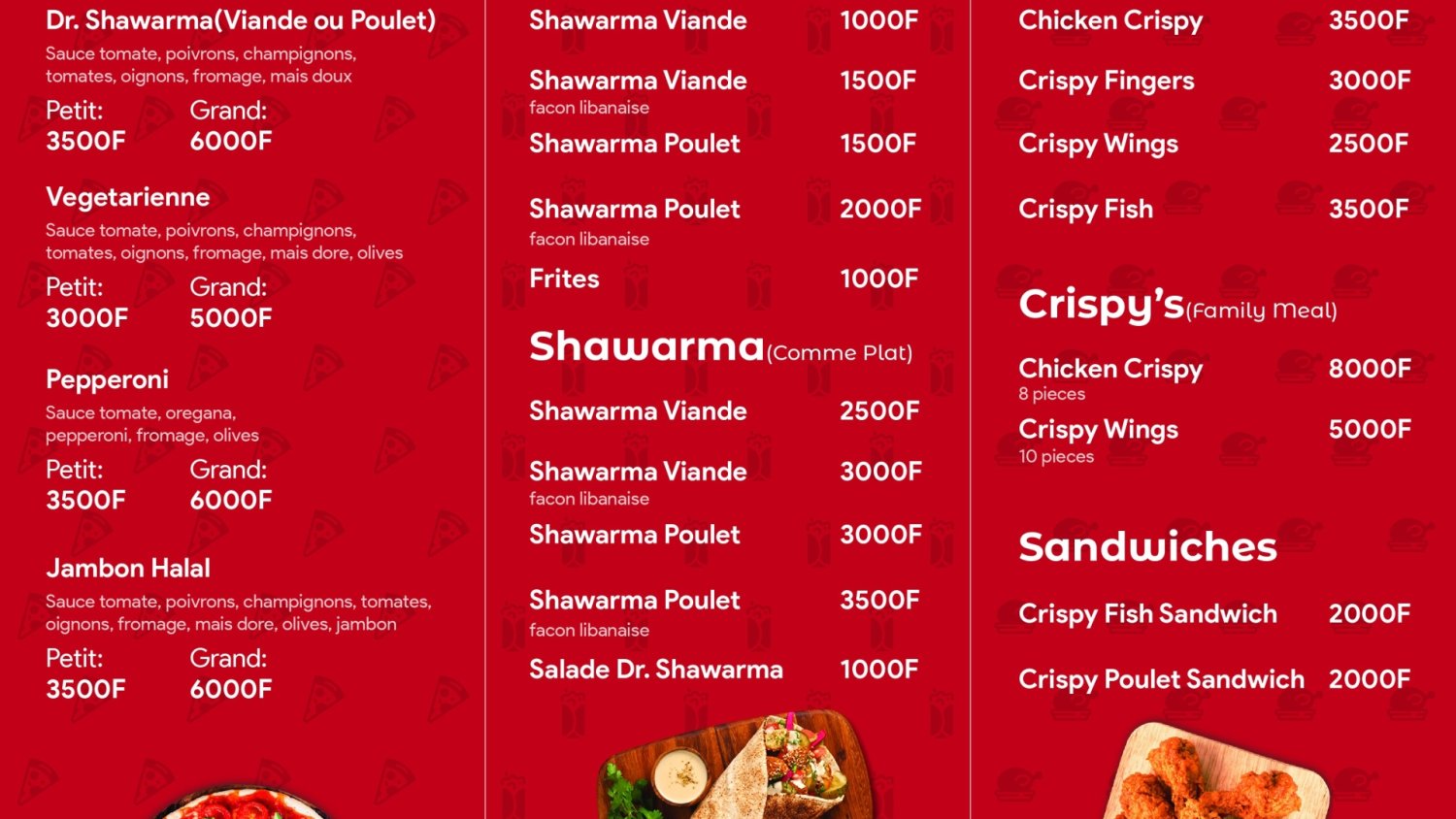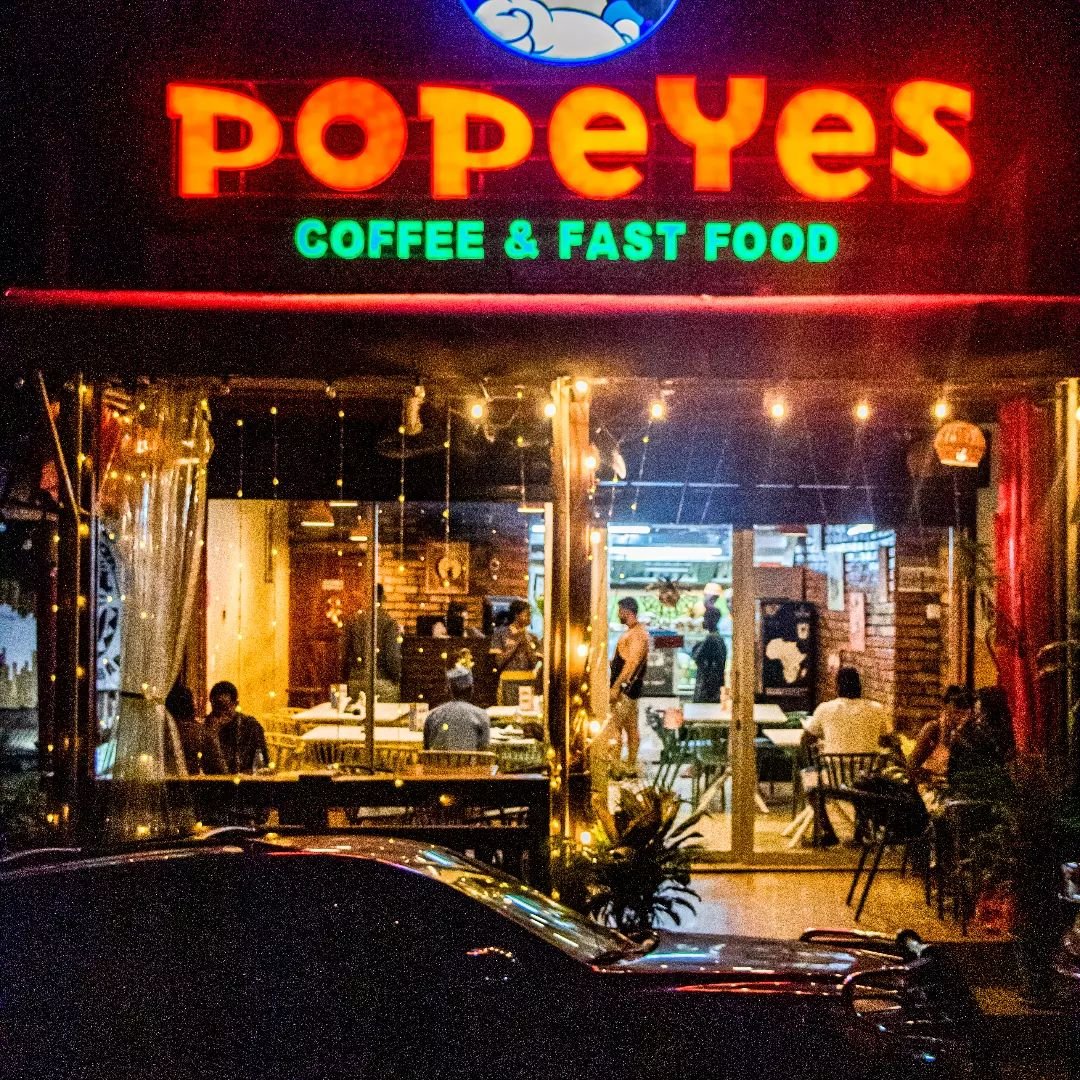Search
The Impact of Menu Design on Customer Perception, Satisfaction, and Revenue in the Catering Industry: A Case Study
Business and advices
This article presents a case study that explores the impact of menu design on customer perception, satisfaction, and revenue within the catering industry. By analyzing real-world examples and incorporating analytical insights, this article aims to provide valuable guidance for catering businesses seeking to optimize their menu design strategies.
The Importance of Menu Design

Menu design is not merely about listing food and beverage options; it encompasses various elements that impact customer behavior and business profitability. A thoughtfully crafted menu can:
- Set the tone and ambiance of the dining experience
- Influence customer perception of quality and value
- Guide customer decision-making
- Encourage upselling and cross-selling
- Enhance brand identity and storytelling
Understanding these aspects is crucial for catering businesses looking to leverage menu design as a strategic tool.
Case Study Background:

In the context of this case study, we will examine a catering company, "POPEYES CAMEROON". Popeyes is a catering company based in Cameroon that places particular importance on the absolute satisfaction of its customers.
To achieve this, the company has understood that no detail should be overlooked. From menu design to the quality of the meals served, including the service, everything must be taken into account.
Menu Layout and Organization:
The layout and organization of a menu can significantly impact customer perception and satisfaction. In our case study, POPEYES CAMEROON implemented the following strategies:
Clear Sections and Categories: The menu was divided into logical sections (appetizers, main courses, desserts, etc.) to facilitate easy navigation and comprehension.
Strategic Placement: High-margin or signature dishes were strategically placed within the menu to attract attention and encourage customer interest.
Highlighting Specials: POPEYES showcased daily or seasonal specials using visually distinct design elements, such as icons or borders, to draw attention and create a sense of exclusivity.
Descriptive Language: Each menu item was accompanied by concise and enticing descriptions that highlighted key ingredients, cooking techniques, and flavor profiles. This helped customers visualize the dish and make informed choices.
Visual Design and Imagery:
The visual presentation of a menu has a significant impact on customer perception and decision-making. Popeyes Cameroon focused on the following visual design elements:
Typography: Carefully selected fonts were used to convey the brand's personality and ensure readability.
Color Palette: A harmonious color palette that aligned with the brand's identity and evoked a sense of sophistication was employed.
High-Quality Imagery: Professionally captured and appetizing food photographs were incorporated to stimulate customer appetite and enhance menu appeal.
White Space: Ample white space was utilized to create a clean and uncluttered design that allowed customers to focus on the menu items.
Pricing Strategy:
Pricing plays a vital role in customer perception and revenue generation. Popeyes adopted the following pricing strategies:
Strategic Placement: Prices were placed discreetly and formatted in a way that did not draw excessive attention, allowing customers to focus on the dish descriptions and quality.
Anchoring: By including a high-priced signature dish alongside other menu items, Popeyes Cameroon used anchoring to influence customer perception of value, making other items appear relatively more affordable.
Tiered Pricing: The menu offered tiered options (e.g., basic, premium, and deluxe) for certain categories, allowing customers to choose according to their preferences and budget.
Analysis of Results:
To measure the impact of the menu redesign, Popeyes Cameroon tracked various metrics, including customer feedback, order patterns, and financial performance. The analysis revealed the following positive outcomes:
Visual Appeal: The study revealed that a visually appealing menu design significantly impacted customer satisfaction.
Customers reported being more attracted to menus with high-quality food photography, appealing typography, and well-organized sections.
The use of color schemes that aligned with the brand identity also played a crucial role in creating a positive visual experience.
Menu Layout and Organization: The study found that an intuitive and well-organized menu layout positively influenced sales. Clear categorization, logical ordering of menu items, and concise descriptions helped customers navigate the menu easily, leading to increased satisfaction and quicker decision-making.
Additionally, highlighting signature dishes or chef's recommendations drew attention to specific menu items and encouraged upselling.
Descriptive Language and Pricing: The study revealed that the use of descriptive language in menu item descriptions influenced customer perceptions and purchasing decisions.
Descriptions that evoked sensory experiences, emphasized freshness or unique ingredients and conveyed the culinary expertise of the catering company enticed customers to try new items and elevated their satisfaction.
Moreover, strategically positioning prices and using pricing techniques, such as omitting currency symbols or emphasizing value, impacted customers' price perceptions and willingness to spend.
Special Dietary Considerations: The inclusion of clear and comprehensive information regarding special dietary considerations, such as vegetarian, vegan, gluten-free, or allergen-friendly options, was found to enhance customer satisfaction.
Accommodating diverse dietary needs and providing transparency about ingredients helped build trust and loyalty among customers with specific dietary preferences.
Recommendations
Based on our research, we recommend that catering companies consider the following best practices when designing or redesigning their menus:
- Conduct customer surveys and feedback sessions to identify areas of improvement and ensure that the menu meets the needs and preferences of the target audience.
- Use high-quality images and visuals to showcase dishes and help customers understand what they are ordering.
- Organize dishes into categories to facilitate easy navigation and decision-making.
- Provide detailed descriptions, including ingredients, cooking methods, and portion sizes.
- Clearly label special dietary options, such as vegetarian, gluten-free, and healthy choices.
- Display nutritional information and allergen warnings to cater to customers with specific dietary requirements.
- Regularly review and update the menu to maintain relevance and keep up with changing trends and customer preferences.
The case study of Popeyes Cameroon demonstrates the significant impact of menu design on customer perception, satisfaction, and revenue within the catering industry.
By strategically organizing menu sections, employing visually appealing design elements, incorporating enticing descriptions, and implementing effective pricing strategies, catering businesses can optimize their menus to drive customer engagement, increase sales, and build a positive brand image.
Analyzing customer feedback and tracking key performance indicators is essential to continuously refine menu design and meet evolving customer preferences.
Ultimately, a well-designed menu can serve as a powerful tool for success in the competitive catering industry.
Bonus Tip
If you are looking to get a well designed Menu for your catering business, do not hesitate to contact ALM Creative Studios.




